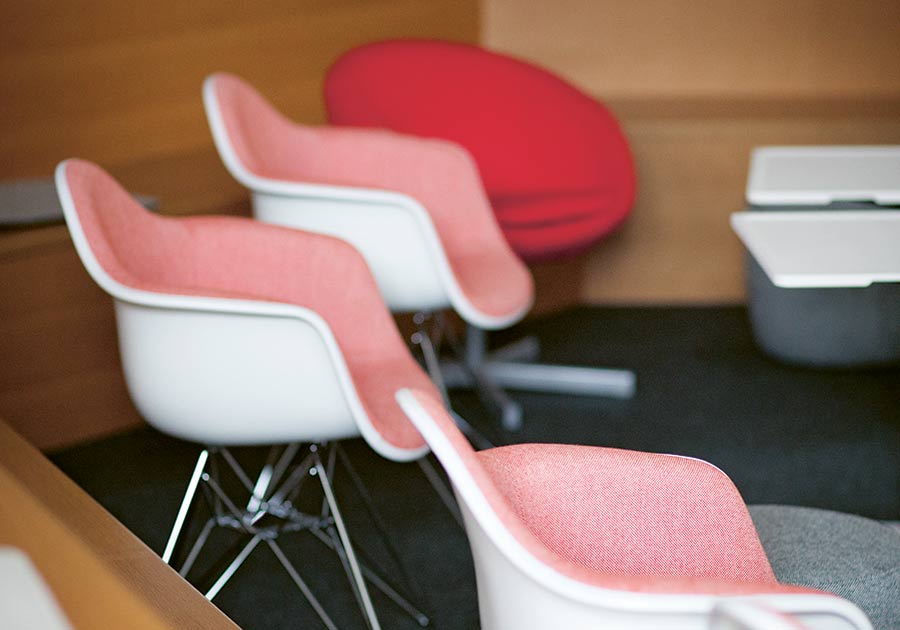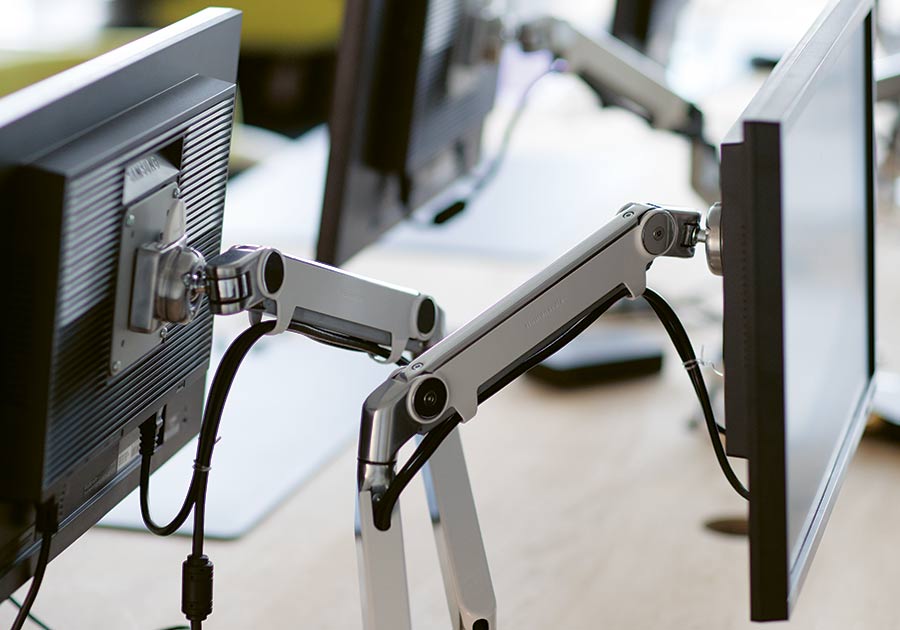With the rise of digitisation, what has changed the most for you?
When I started my career, most people – myself included – learned to use computers in their workplace. Today, most people learn to use computers and related technologies at home or in their private life. What’s changed the most is communications: today there is almost total connectivity. You can reach nearly anybody, anywhere, anytime. On a personal level, I speak regularly via Facetime to my brother, who lives in the USA. We were always in touch, but less so and with more effort, before connectivity became so obvious and so easy.
Did it change your leadership style?
Today we do a lot more electronic communication, by email, text message, intranet and so on. But it is still very important to me to get an image of the person on the other end of the message. Who are they, what do they need, what can they do? You can’t really get that by email, so I make an extra effort to see people: colleagues for lunch, staff at coffee breaks and even just the chat in the hallway.
“Our customers want to feel that behind the electronics, people are there to help them.”
Email is useful and usually efficient, but still we need personal contact. Especially when it comes to problem solving, often it is better to sit with someone or pick up the phone, rather than to send an endless string of emails back and forth.
In the digital world, is trust different than in the ‘regular’ world?
Yes, and especially so in insurance. When our customers buy a policy, they don’t get something tangible. We’re not selling them a soft drink or a snack, we’re selling them a promise: a promise that in future when they encounter a loss, we will help. This has everything to do with trust, and Swiss Mobiliar views it as a personal bond. That’s why our people are spread all over Switzerland – to be close to our customers, to help them locally, at their home or workplace. Digital communication, we believe, can enhance this closeness to the customers, but it needs to be digital communication with a human face. Our customers want to feel that behind the electronics, real people with real names are there to help them. With this human approach to digitisation, we’ve been successful and have continually expanded our customer base over the past 10–15 years.







